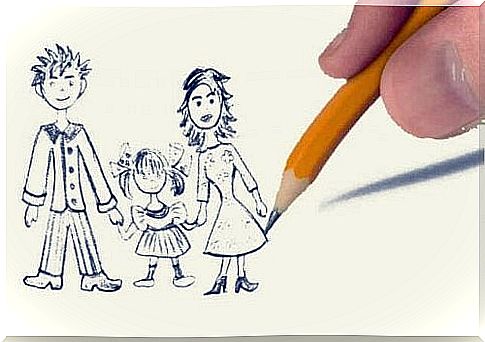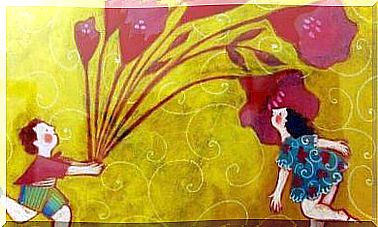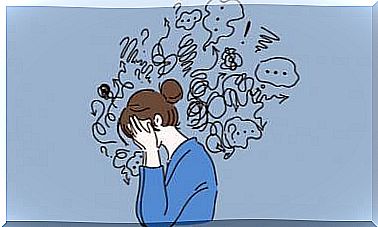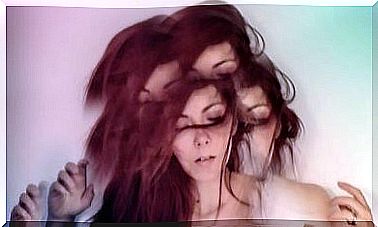The Forest Test, A Relational Psychoanalysis Test
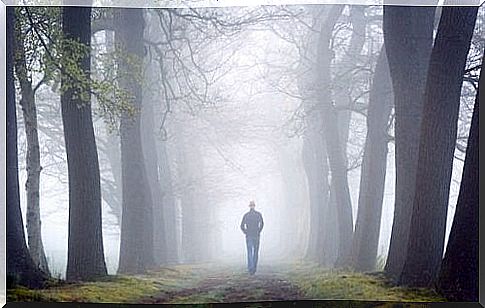
Blockages which oppose our happiness, encysted fears, values which govern our choices and our behaviors … The forest test attempts to elucidate some of these questions by starting from the approach from which it was based. conceived: relational psychoanalysis. According to this theory, our psychological suffering takes root in an underlying architecture that we must unearth in order to heal and move forward.
For those who haven’t heard of this projective and relational test, suffice to say that it is not exactly a conventional instrument. The forest test is not sufficiently reliable and validated to be part of ordinary clinical practice. However, we cannot deprive it of its relevance in the context and the theoretical framework from which it was created. It is undoubtedly interesting to know him.
Relational psychoanalysis is a more or less recent way of carrying out psychotherapy. It constitutes a breakthrough in the field of psychoanalysis as we know it. Its main objective is to promote the emotional development of the human being. So that it brings us to face the knots and blockages that limit us and generate us pain. In this approach, and only as an example, the concepts of classical ego, self and superego are left out.
The relational psychotherapist seeks to reconstruct the patient. So that he will guide him so that he can interact with his environment in a healthier way. It will train her to be able to see the world from all angles and without fear. It will help him to travel through the darker areas he never dared to enter before. The forest test is therefore an excellent test from which we can better understand the underlying architecture of the individual.

What does the forest test measure and where does it come from?
The forest test, rather than measuring a dimension, skill or ability, aims to act as a projection of the person’s emotional world. We have already often spoken of the so-called projective tests, such as, for example, the test of the tree or the test of the family, within the framework of this space. These are essentially psychological instruments that allow an assessment to be completed.
They can never, on their own and applied exclusively, be valid. Other strategies, such as interviewing, observation and other psychological tests with proven reliability and validity, are needed in order to arrive at an adequate diagnosis or a starting point from which to start. the intervention. This test is undoubtedly one of the most used in the approach of relational psychoanalysis for the following reasons:
- It reveals the emotional state of the patient
- It shows possible unresolved childhood conflicts and the own weight of the past in the person’s present.
- We can see what improvement strategies we have or are lacking
- Values
- The patient’s reference persons
- We can also perceive fears
- Personal wishes, expectations
The forest for psychoanalysis
The forest is a scenario with a mystical-emotional component that is very clear to any culture. Carl Jung himself explained in his book “ The Archetypes and the Collective Unconscious” that these scenarios contain from ancient times our greatest dangers and our most atavistic fears. Transiting there sometimes means a return to this ancestral past where we rediscover the deepest part of our being.
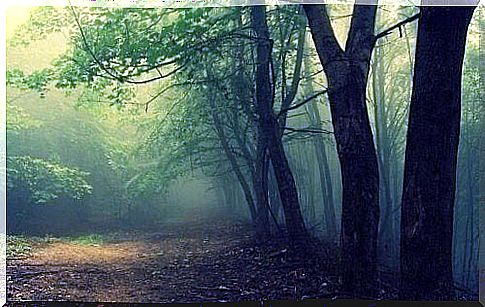
How is the forestry test carried out?
The forest test is performed from a visualization. The therapist will be accompanied by a pencil and paper to guide the patient through each question. It will flag each response which will facilitate the latter in the process. The test is simple. It is simply necessary to create a comfortable and safe environment so that the person can take this inner journey naturally.
The first step is to invite the patient to visualize a forest. A calm setting, surrounded by trees where he moves alone. The following questions will be asked once the patient visualizes himself at this location:
- Are the trees widely scattered? Is it a dense, labyrinthine forest or is there a certain order?
- Can you move with it comfortably or do you have to overcome many obstacles?
- Is it night or day?
- Is the forest healthy or is it burned or demolished?
- Now, as you go forward, you find a key. What do you do with it?
- Now you keep walking and you meet an animal. What is that ? Is he threatening you? Are you afraid or do you approach it to stroke it?
- Then, on your walk in the woods, you arrive at a cabin. You knock on the door and someone opens the door for you. Who is this person ?
- Finally, you visualize yourself entering this cabin. You are inside and suddenly everything is gone. Everything is empty for a few seconds because you arrive in another place. Tell me where you are now. Tell me what you see and what you feel.
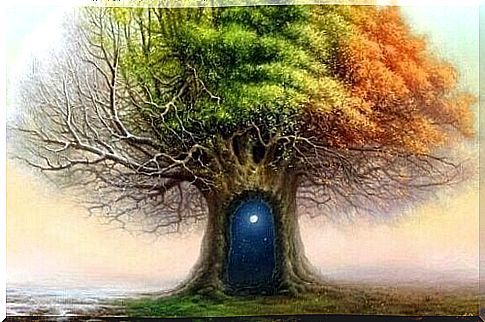
To conclude, as we can see, the questions that make up the forest test give shape to a very revealing inner journey. We will get a lot of information if the patient collaborates and performs the exercise effectively. We can guess its emotional state by the shape and state of this forest (if it is burnt, if it is night…). We will also see what his fears are, who is his main reference and what is the most important or decisive scenario for him.
This information, coupled with interviews and other evidence, may be of use to relational psychoanalytic therapists.
